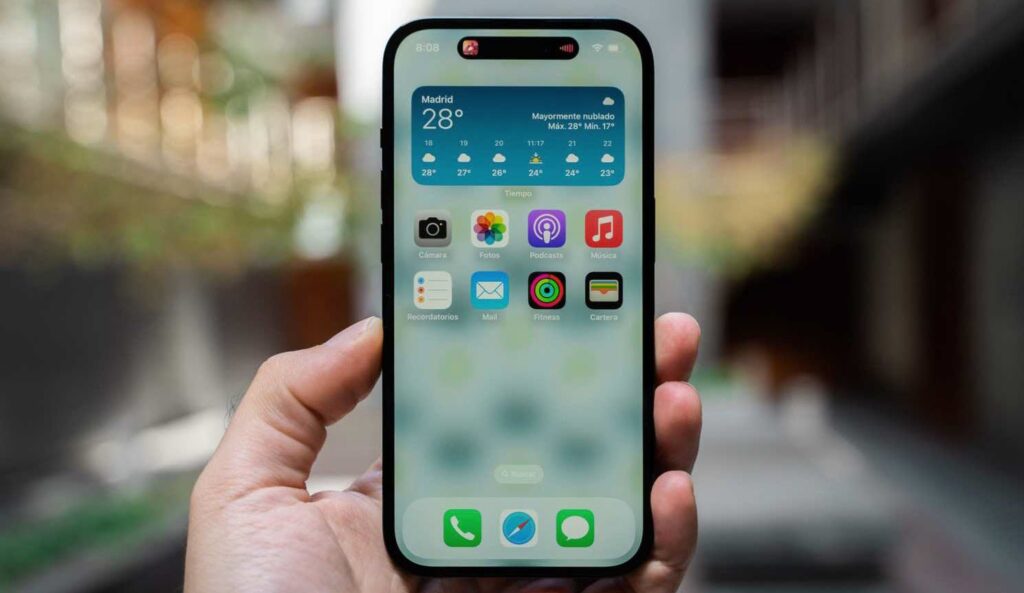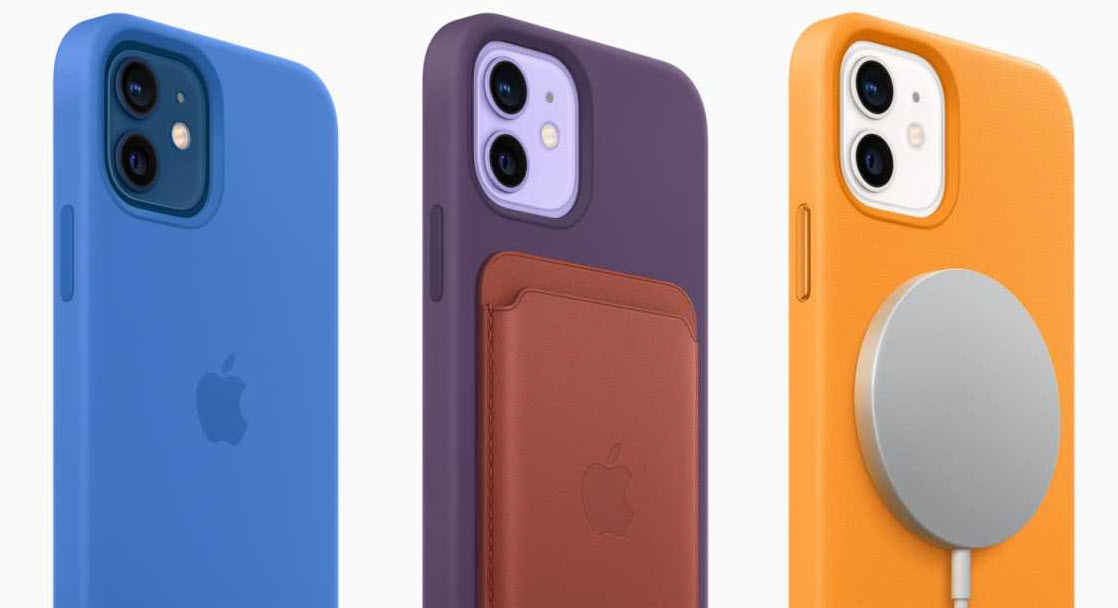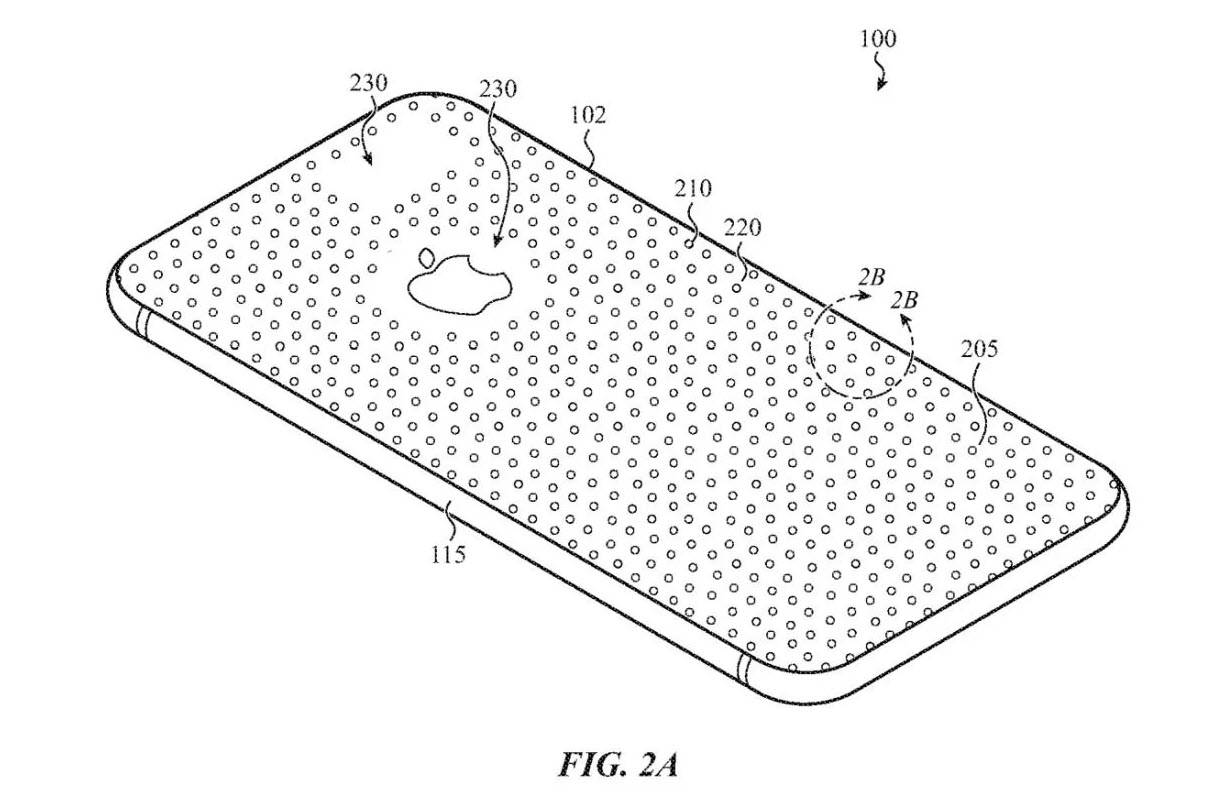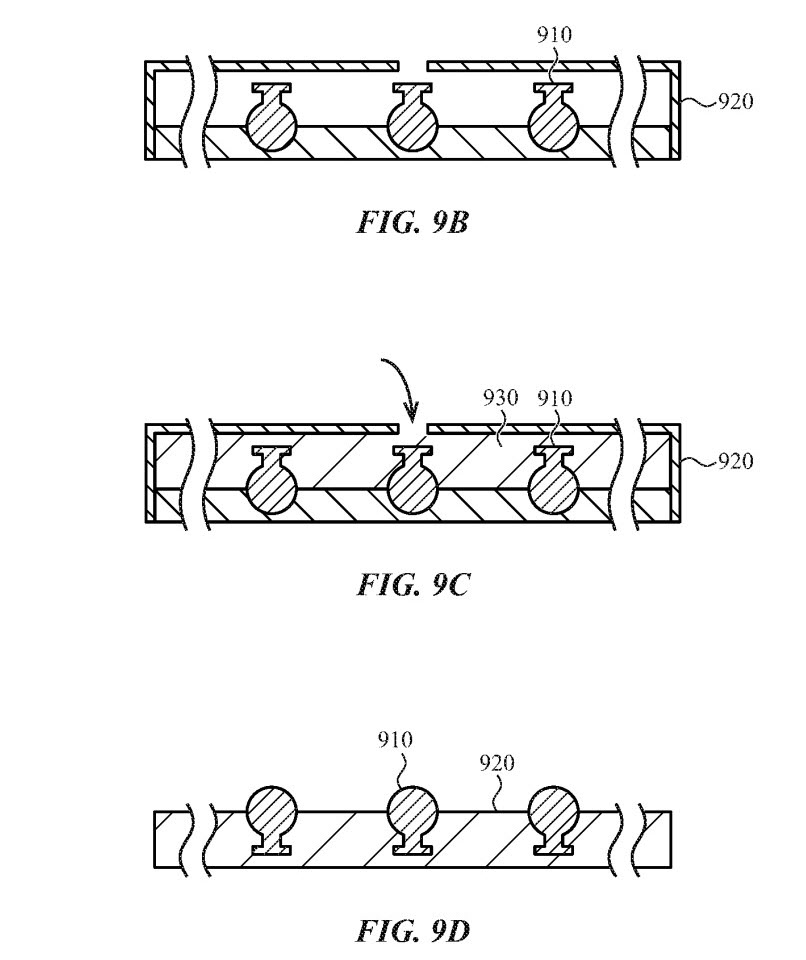Smartphones & Tablets | June 22, 2023

The idea of putting a protective case on the iPhone was one of the most discussed topics during its early years. Purists considered it an insult to cover a design object with a plastic cover, while others held the opposite opinion. Protecting the phone from drops was essential, and iPhone cases became a necessity, although this could soon come to an end.
A new patent granted to Apple suggests that the future iPhone will be so durable that it won’t need a protective case. In the document titled “Space Compounds,” approved by the US Patent Office, Cupertino engineers propose a blend of materials to manufacture the phone’s chassis.
Apple mentions that electronic devices (like the iPhone) are ubiquitous in society and come into contact with various surfaces that cause wear and tear. Manufacturers have chosen to use materials to protect them, although there is currently no perfect formula.
“Metal cases can be particularly resistant to dents, scratches, or breaks, but they can interfere with radio signals entering or emanating from the device,” says the patent. “Ceramic cases can be scratch-resistant and transparent to radio signals, but they can be brittle,” it states.
The iPhone’s chassis would be composed of a moldable material—polymer or amorphous metal—and abrasion-resistant elements. The latter would be made of metal or ceramic and would be harder than the substrate. The patent includes diagrams showing the embedded elements along the body.

Apple’s patent mentions some material combinations to achieve a desirable balance in terms of protection. The iPhone not only has to be attractive in design but also resistant to scratches, breaks, or abrasion. The compound must not interfere with signals as it would compromise its functionality.
One proposal includes plastic to form the structural walls and elements of resistant material (metals, glass, or ceramic) that extend above the surface. “The elements can be harder than the plastic structure, and therefore, improve overall abrasion resistance,” the patent mentions. “Consequently, the chassis can be more scratch-resistant than other cases,” it indicates.


The embedded elements would have different shapes and sizes. Some would be spherical, bead-like, with interlaced structures that mechanically couple to the chassis. Others would be faceted and protrude slightly from the surface, reflecting light and creating a “desirable appearance.” Space compounds would not only be applied to the iPhone but also to the iPad, Apple Watch, MacBook, and other company devices.
As with all patents, it’s possible that this idea will materialize in the future or remain on the drawing board. Currently, cases are part of the iPhone’s accessory catalog. Apple offers options in leather or silicone in various colors and finishes, all compatible with the MagSafe ecosystem.